Artificial intelligence (AI) is one of the most critical technologies of the digital age. It refers to a method of imitating human intelligence through machines or systems to execute particular tasks. For easy understanding, refer to the examples below:
- Apps like Grammarly provides an AI-powered writing assistance
- Chatbots that understand consumer problems and give appropriate answers
- Automated Google recommendations according to searching/viewing habits
There is a wide range of applications designed for particular users. Let’s explore the broad scope of artificial intelligence transforming the globe.
What is artificial intelligence?
In 1965, John McCarthy coined this term. He has defined AI as the engineering and science of making intelligent machines (computer programs). Several scientists have formulated various meanings based on reasoning, thought processes, and rationality. Simply put, Artificial intelligence, also known as machine intelligence, is the study of how to make technology intelligent enough to make decisions independently and take action on behalf of humans.
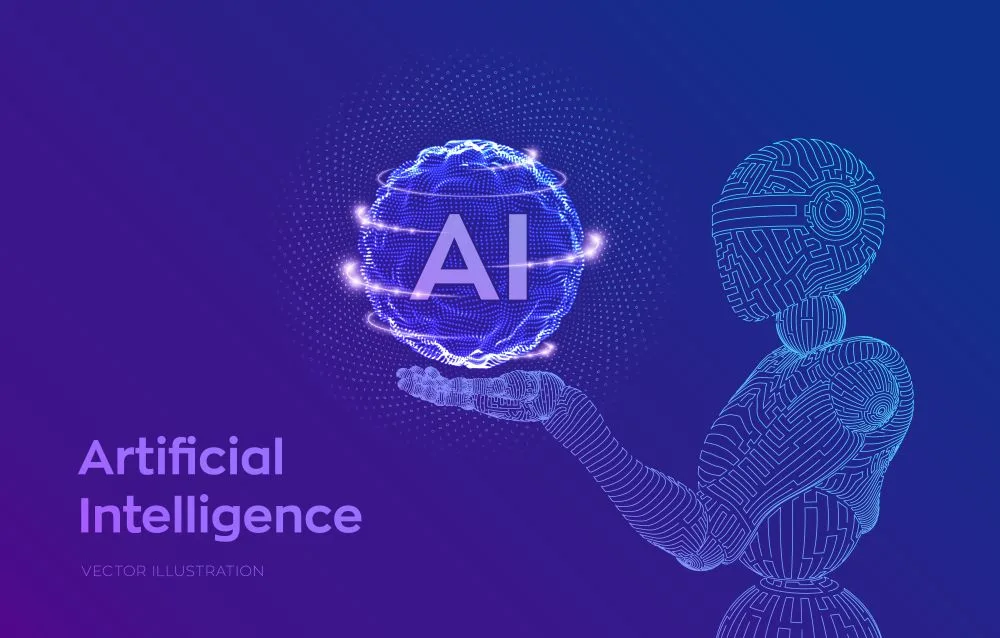
It basically comprises five elements: learning, reasoning, problem-solving, perception, and language understanding. As a result, the platform facilitates the smooth execution of different computer programs over machines. Nowadays, almost all businesses employ Artificial intelligence in some form. It is categorized into two forms: strong and weak.
Strong AI: It can resolve problems and discover answers without human interference. Self-driving cars, for example, do not run into obstacles, obey traffic rules, and drive smoothly.
Weak AI: It is programmed and instructed for a specific task. Consider, for instance, a chatbot that can only solve your queries according to the programming and typical responses.
The scope of weak AI is narrow, while strong AI has a broad extent.
Significance of AI
AI helps organizations to resolve issues, improve business processes, and offer effective solutions. Thus, it enhances decision-making ability with precision and accuracy. As per the survey done by Gartner, approximately 37% of companies use Artificial intelligence worldwide. This number will increase at a fast pace in the coming days. Consider the following facts:
- Accurate interpretation of human capabilities
- Automating specific tasks that previously required a lot of human effort (manually lifting heavy parts, machine operations, picking and placing components, etc.)
- Creation of new opportunities in business and operations
- Advancements in different domains such as healthcare, banking, manufacturing, retail, etc.
- Improved conversation bots or customer service menus that deliver suitable product suggestions
- Quicker analysis of data
Read more, top 5 leading AI companies and how to select the right one for your business.
Branches of Artificial intelligence
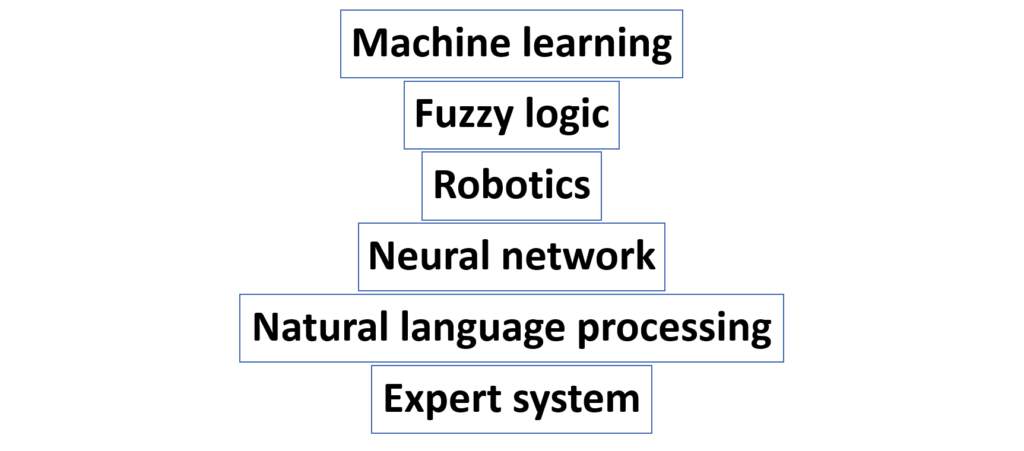
Machine learning
It is the method that enables computers to learn without programming. Machine Learning monitors activities in our day-to-day life. There are many examples that include Google maps, spam filters, fraud prevention, Facebook, Instagram, etc. It helps machines translate, implement, and examine data for solving state-of-the-art problems.
There are four kinds of algorithms that fall under this type.
Read our article about exploring cybersecurity modes and classes to understand different types of cyber fraud and their prevention methods.
Supervised
These algorithms use previous learning to forecast future possibilities. Initially, a known dataset is analyzed, and then algorithms produce an assumed function that estimates output. Additionally, the algorithm can detect errors and adjust the model as needed by comparing its output to the intended result.
Unsupervised
This comes into the picture when the data is neither categorized nor labeled. Even though the system does not predict the output, it can get insights from data by examining datasets. This identifies hidden structures within unlabeled data.
Semi-supervised
Such algorithms exist between supervised and unsupervised learning since they use a small portion of labeled data and a large amount of unlabeled data. Usually, this approach is chosen when the acquired labels need proficient and appropriate resources to train/learn from them.
Reinforcement
This works best with the features like trial and error. In this scenario, machines and software agents can determine the most efficient behavior in a given context. Agents need simple reward feedback to choose the best action called reinforcement signal.
Fuzzy logic
Fuzzy logic represents and modifies uncertain information by measuring the degree of correctness of the hypothesis. Its algorithms can help imitate human thinking by implementing machine learning techniques more conveniently and flexibly.
For easy understanding, refer to the image below that distinguishes fuzzy and boolean logic.
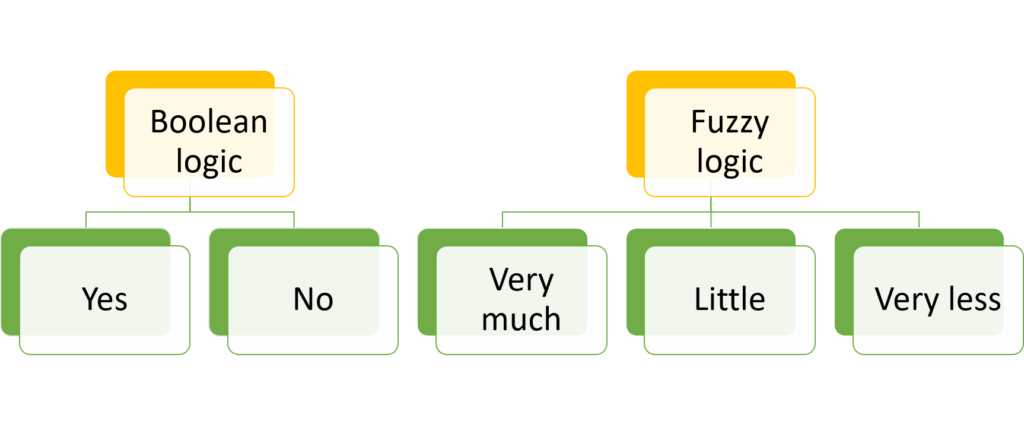
Robotics
This fascinating field of Artificial intelligence concentrates on creating and building robots. Robotics means the science that designs, manufactures, functions, and utilizes robots. It is extensively used in different sectors like hazardous environments, medicine, robotic cars, industries, agriculture, and many others. They contain sensors and effectors that let them perceive and respond to their surroundings. Robots are either manipulators clamped to fixed positions or mobile ones.
Neural network
It uses neurology (the science of nerves and the nervous system of the human brain) to carry out tasks. The human brain consists of an infinite number of neurons. The purpose of a neural network is to mimic the functioning of the human brain by replicating its neurons into a system or machine. This facilitates forecasting, risk analysis, stock-exchange predictions, and sales anticipations.
Natural language processing (NLP)
Natural language processing searches, studies, comprehends, and extracts information from texts. Programmers use NLP libraries to train computers to obtain valuable information from text data. For instance, consider the spam filter. The algorithms can identify junk mail by checking the subject line or text. It can benefit in several ways:
- Generates automated readable summaries
- Helps personal assistants like Alexa
- Improves analysis and accuracy
- Allows organizations to use chatbots to provide customer service
Expert system
This is known as a computer system that imitates the decision-making abilities of human intelligence. It executes the reasoning and insights rule as per the user queries. Then it derives the knowledge. The accumulated human expertise determines the effectiveness of the system.
The expert system is aimed at solving complex problems using bodies of knowledge combined with if-then rules instead of traditional algorithms. Google Search Engine, specifically, uses an expert system to offer suggestions for spelling and grammatical errors.
Breakthrough examples of Artificial intelligence
Machine translation
It is a technique of translating content from one language to another without human input. Computer programs use statistical models based on languages. The neural machine translation model has been so effective in recent years. Examples involve Google translate, DeepL, Amazon translate, etc.
Planning and scheduling
NASA’s remote Agent program was the first to control spacecraft operations a hundred million miles from earth. Planning was executed from the ground level. Afterward, they were monitored and controlled through various stages, such as detection, diagnosis, and recovery.
Also read, 8 stunning discoveries made by NASA’s Hubble Telescope.
Gaming
The IBM DEEP BLUE program beat world chess champion, Garry Kasparov, by a score of 3.5 to 2.5 in a 1997 exhibition match. As a result, IBM’s stock increased by $18 billion. This is the power of gaming.
Spam filtering
A learning algorithm classifies over a billion messages each day as spam for users, saving them the time of having to delete 80% to 90% of all messages otherwise. Spammers are continuously updating their techniques, so keeping up with them is tough with static programming. In such cases, learning algorithms are great.
Robotic vehicles
Self-driving cars can sense the atmosphere and drive smoothly without human intervention. Such vehicles are developed by Motional, Refraction AI, Optimus Ride, Waymo, Zoox, nuTonomy, and many more. In 2020, China launched two publicly accessible trails of robotaxis.
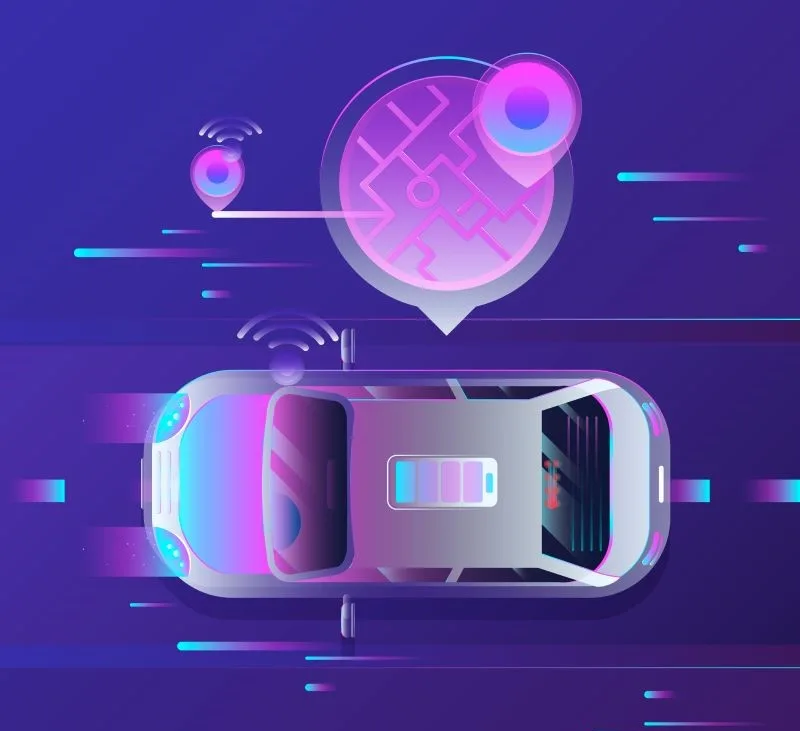
In an increasingly automated world, artificial intelligence allows machines to take on tasks that would previously require human attention and intelligence. This poses certain risks and challenges. As AI becomes more widely embraced, human unemployment may increase, causing mental, psychological, and physical problems. The consequences of this can be frightening for humanity. We, humans, are capable of making, modifying, developing, and controlling this stream. Let’s witness this upcoming age together!
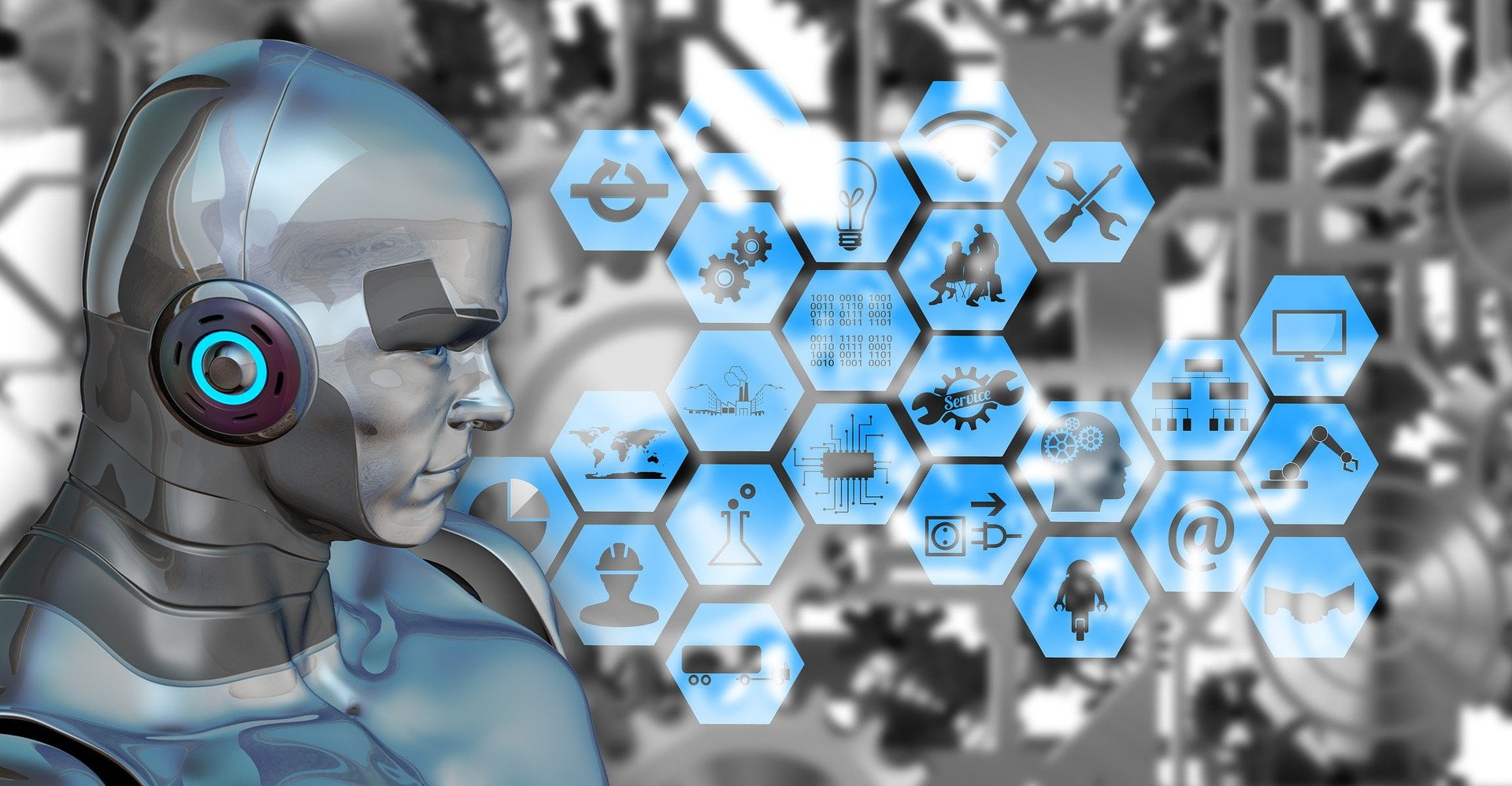


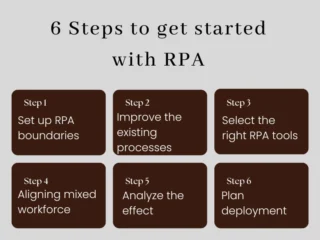
Great content.. Thanks for posting. It help me a lot to understand about AI
Thank you! Keep reading 😊
[…] have a vast scope for opportunities to profit. Chip demand will surge in the near future due to 5G, AI, cloud computing, electric vehicles, and the Internet of […]
[…] the global population. It will be the catalyst for driving various innovative techniques like IoT, AI, businesses, telecom, automation, etc. Currently, many carriers are working on establishing a 5G […]
[…] data from IoT devices. To make informed decisions, this data is analyzed with machine learning or artificial intelligence (AI). Decisions are communicated back to IoT devices, which smartly respond to […]
[…] construction, mining, business, home, logistics, etc. When combined with the latest trends, such as artificial intelligence, IoT, etc., automation can yield magical […]
[…] Artificial intelligence, or AI, is the study of creating technology capable of making autonomous decisions and taking action on its own. It includes reasoning, problem-solving, language understanding, perception, and learning without human aid. This drives innovations and advances in several fields such as manufacturing, retail, logistics, supply chain, etc. To facilitate working, AI employs certain branches like machine learning, fuzzy logic, robotics, etc. […]
[…] to the article how artificial intelligence is enhancing the globe to learn various aspects of […]
[…] in London highlights the ways in which technology can enhance the whole experience. They used artificial intelligence to make the singers appear younger onstage who are in their seventies. Justine Bieber, Marshmello, […]
[…] Trends such as artificial intelligence, machine learning, etc., can emulate the design by studying the data of connected devices. Studying […]
[…] with the word robotic, as it doesn’t deal with physical robots. RPA is simply a process that uses Artificial intelligence and machine learning capabilities to form software that simplifies a lot of human work. It is a […]
[…] field of machine learning belongs to artificial intelligence (AI). It allows systems to receive, incorporate, and improve knowledge from a large pile of data. All […]
[…] the third-gen of the internet built from different technologies like blockchain, machine learning, artificial intelligence, etc. It was valued at $1890 million in 2021 and is expected to evolve at a fast pace. Gavin Wood, […]